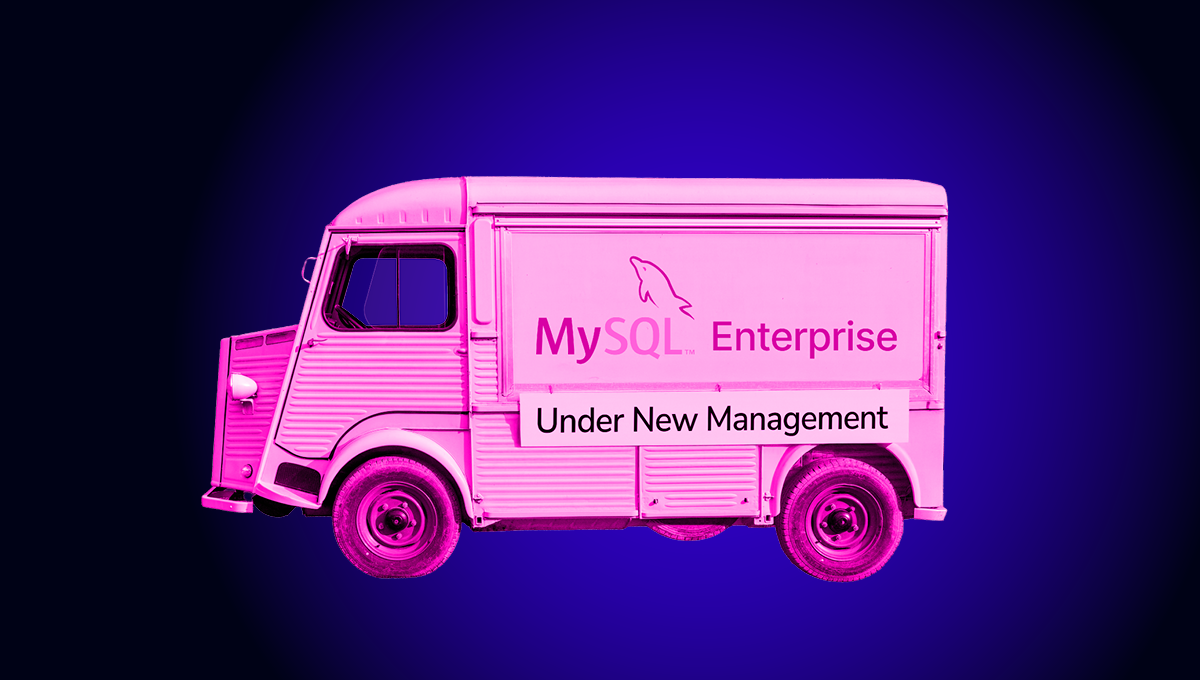blog
Autonomous by Oracle: The Database That’s Cheaper Than Free

It is a known fact that over 80% of businesses fail within their first five years. Studies have shown that the number one reason for this failure is poor cash flow management. New business owners don’t understand the importance of cutting costs, proper invoicing, leasing instead of buying, and further means of appropriate financial management. Only after the business starts to have financial problems, then and only then, do cutting costs and increasing cash flow become a top priority. You can easily conclude that if businesses find ways to reduce cost from the very beginning, they have a better chance of surviving a financial storm.
One area that businesses can drastically cut costs is by reducing database expenditures. Some of the best databases out there are free and open source systems, such as the popular PostgreSQL. However, utilizing cloud services to execute failover, backups, disaster recovery, and additional redundancy protection can be very expensive.
Luckily, Oracle has developed the world’s first Autonomous Database, which guarantees to cut your cloud services bill by more than half. In fact, it’s the cheapest database on the market today.
Data administrators (DBA) will no longer be completing routine daily tasks to keep the system functioning correctly. The expense associated with planned and unplanned downtime is virtually eliminated. Oracle can contractually guarantee 99.995% availability. That is about two minutes of downtime each month, totaling less than 30 minutes a year. All of this is an enormous cost-savings for any business, and yet, not a lot of people are talking about it. That’s where we come in.
Save With Self-Driving Optimization
When a database is set up for the first time, DBAs are meticulous on how they tune it for optimal performance. A detailed review of the configuration very important. Reports containing information of the read and write workloads are also carefully examined. Once a certain threshold is reached with the system workload, the DBA moves forward with administering other essential tasks. However, months will go by, and the same configuration and tuning are not adjusted to meet the ever-changing schema of the system. This is certainly a problem.
Every database is continually changing in size and workload volume based on a wide variety of metrics. It’s straightforward. As a business grows, the number of transactions increase, and the need for more storage and compute capacity is imminent. Therefore, tuning should be performed regularly. However, it is difficult to do that when a DBA has downtime restrictions and other time-sensitive responsibilities that must be completed.
The Autonomous Database is designed to resolve this business need efficiently. It continuously optimizes minute by minute, to maintain maximum performance with minimal cost. Based on your organization, it automatically provisions itself by allocating storage, compute capacity, and network capacity.
If there are no transactions taking place at any point throughout the day, the system will remain idle, utilizing no servers at all to save on cost. The ability to stay idle, also referred to as a serverless system, is not a feature that all databases have. When the workload increases, the system will automatically begin to allocate additional servers to meet the demand. By operating on accelerator hardware, it allows businesses to pay only for what they need, and not what they have initially allocated. This all takes place with zero downtime.
Amazon’s Relational Database Service (RDS) can manage PostgreSQL, AWS Aurora, AWS Redshift,MySQL, and other relational databases on the cloud. If any adjustments are needed, such as adding more storage or completing security patches, it requires a significant amount of downtime. Every minute that a system is down, it costs business money and resources that could be distributed elsewhere. Also, Amazon RDS does not optimize on its own, but remains fixed, based on pre-allocated storage options. Therefore, even if the database is free, the system’s performance alone could be costing your business thousands of dollars every single year.
Side-by-side, the price for Oracle’s database and Amazon RDS are practically identical. Nevertheless, advanced machine learning algorithms give Oracle’s database the competitive edge. This means that if Oracle can complete a task in 5 minutes, and it takes RDS 25 minutes for the same job, it can be determined that Oracle’s database is the cheaper product due to its performance, and additional cost savings techniques.
Reduced Labor Costs
Since the Autonomous Database requires less maintenance, the role of the typical DBA will change. Machine learning drives this database to perform the generic tasks that were once the DBA’s job. Query tuning, storage management, and the like, are now automatically completed. Engineered systems provide users with pre-optimized, pre-configured, and pre-tested database, which allows for provisioning to take place much faster.
The present DBA role is moving towards being a data professional, rather than an administrator. Studying statistics that are retrieved from the database, and leveraging it to make business decisions will now be the primary focus. The job outlook for this position will not weaken because of this self-driven database. In fact, the opposite will occur. Businesses are going to desperately need more data professionals to gain a competitive edge within their respective industries.
The image below shows a comparison of the present DBA role, and the new role DBAs will be moving to with the Autonomous Database.

With the use of artificial intelligence, the Autonomous Database created itself with the aid of machine learning. With this knowledge, you may be prompted to ask, will a DBA ever lose control over this self-driving database? The answer is no. Believe it or not, you will have more control than ever before. Internal and external malicious attacks will be detected much sooner. Provisioning can be completed at a faster rate, storage capacity can be changed with the click of a button, and you will also see an improvement with end-to-end service levels.
No Training Costs
What do you have to learn to execute this database? Nothing. It’s completely automated.
It will not be necessary to train your employees on how to use this system properly. They can move forward with their daily tasks because there is nothing to learn. There are built-in documents that can quickly be referred to if a question should arise. The Autonomous Database can be compared to a self-driving car. With a self-driving vehicle, you simply plug in the address, and the car automatically performs the procedures necessary to make it the destination safely. The Autonomous Database performs in the same fashion. All you have to do is request specific information, and it will be provided in full detail.
With this database, there is also a reduced risk of human error. As long as the DBA accurately enters user information and job title, an assessment of privileges takes place, and user access will be granted based on predetermined information.
Supplementary Database Features
Reducing cost with this database is just the tip of the iceberg. There are key features that are included with the service that you cannot overlook. Not only is it cheaper, but you will also be getting more out of your system. Data scientists can use metrics retrieved with the help of machine learning, to increase sales and production. Migration tools make the transfer of data seamless.
Here are a few more features that genuinely showcase the uniqueness of this service.
Maximum Security
All data in that’s transit and at rest are encrypted by default. Fraudulent activity is flagged and deterred.
High-Performance Workloads
Preconfigured resource intelligence provides users with optimized query performance that cannot be matched.
Database Migration Tool
Migration tools with cloud-ready capability allow for a seamless transition from a third-party database to take place.
Elasticity
Able to scale storage capacity without human intervention. There is never a need to pay for fixed blocks of storage.
Incorporated SQL Tool
Apache Zeppelin is a web-based notebook that gives you the ability to create data-driven documents with language back-ends. This includes Shell, Markdown, Python, Hive, Angular, and SparkSQL.
Fully Automated Database
The database will tune, patch, and upgrade itself with zero downtime or human intervention. There is no need for planned downtime to complete these operations.
Data Warehouse Cloud
This product manages analytic workloads for data warehousing, data mart, machine learning, and data lake.
Autonomous Transaction Processing
This product manages mixed workloads for application development, batch, transactions, reporting, IoT, and machine learning.
Oracle Data-Loading
Oracle’s cloud-based data-loading is scalable and fast, transporting data from AWS S3, Oracle Object Store, of on-premise data.
It is safe to say that any business that transitions to the Autonomous Database is going to benefit from the change. It’s really a no brainer. Again, your cloud services bill will decrease tremendously. The transition to this database will be easy since you do not have to execute a training program for your employees. You also will see a decrease in administration costs since the database it automated. And lastly, your DBAs will have the time and resources to study data to lead the growth of your business. There isn’t a database anywhere else that is able to provide all of these features at a lower cost. It is wise to consider a database that will reduce cloud service expenditure and the labor associated with administration tasks.
I choose Autonomous. Will you?




